Ancient Mesopotamian Irrigation System
Ancient mesopotamian irrigation system. In the 4th millennium BCE this area was more temperate than it is today and it had fertile soil. A city with political and economic control over itself and the surrounding countryside. They had food surpluses it allowed people more free time to do other jobs ie clay pots tools.
Water was hoisted using the swape as in Egypt. What type of art and culture are used in ancient Mesopotamian civilization. This video is closed captioned.
Together with the change of river flow this irrigation system stimulates throughout the Mesopotamian history and laid the foundation of new settlements and cities in ancient Mesopotamia which in turn contributed in the formation of the cradle of civilizations. The use of levees and canals is called irrigation another Sumerian invention. The irrigation also played a large role in the opposite respect.
In 1258 the Mongols conquered Mesopotamia and destroyed. Ancient Mesopotamians used to write down all there traded items and some children even wrote journals. Both the Mesopotamian irrigation system and that in the Egyptian delta were of the basin type which were opened by digging a gap in the embankment and closed by placing mud back into the gap.
Led to division of labor and government. The Mesopotamians depended on their irrigation to provide all of their water and without it there most likely would have been no Mesopotamia at ALL. Later in antiquity the Persians brought their underground qanat system to Mesopotamia as well.
A quick introduction to the concept of irrigation and how it helped aid growth in the region of ancient Mesopotamia. The irrigation also played a large role in the opposite respect. Ancient Mesopotamian farmers were the first people to make a Irrigation system they made channels which the flooded river would flow through and then they would evenly distribute it evenly to all the plants.
At Tell Zeidan. Allowed people to farm and settle where they wanted to.
Ancient irrigation system at Tell Zeidan supported spread of prehistoric parasite.
The ancient Near East and the historical region of the Fertile Crescent in particular is generally seen as the birthplace of agricultureThe first agricultural evidence comes from the Levant from where it spread to Mesopotamia enabling the rise of large-scale cities and empires in the region. One of their most important achievements was the invention of early irrigation methods. They would redirect water from the river during the. This video is closed captioned. Later in antiquity the Persians brought their underground qanat system to Mesopotamia as well. 2 The Tigris River is one of the rivers along with the. The Mesopotamians harnessed and controlled the flow of the rivers by creating irrigation building dams and using aqueducts. Together with the change of river flow this irrigation system stimulates throughout the Mesopotamian history and laid the foundation of new settlements and cities in ancient Mesopotamia which in turn contributed in the formation of the cradle of civilizations. Led to division of labor and government.
A quick introduction to the concept of irrigation and how it helped aid growth in the region of ancient Mesopotamia. Both the Mesopotamian irrigation system and that in the Egyptian delta were of the basin type which were opened by digging a gap in the embankment and closed by placing mud back into the gap. The ancient Near East and the historical region of the Fertile Crescent in particular is generally seen as the birthplace of agricultureThe first agricultural evidence comes from the Levant from where it spread to Mesopotamia enabling the rise of large-scale cities and empires in the region. One of their most important achievements was the invention of early irrigation methods. Later in antiquity the Persians brought their underground qanat system to Mesopotamia as well. Led to division of labor and government. This video is closed captioned.





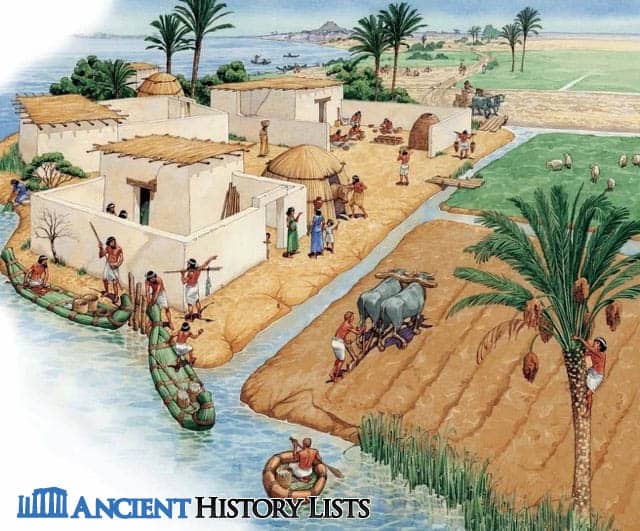

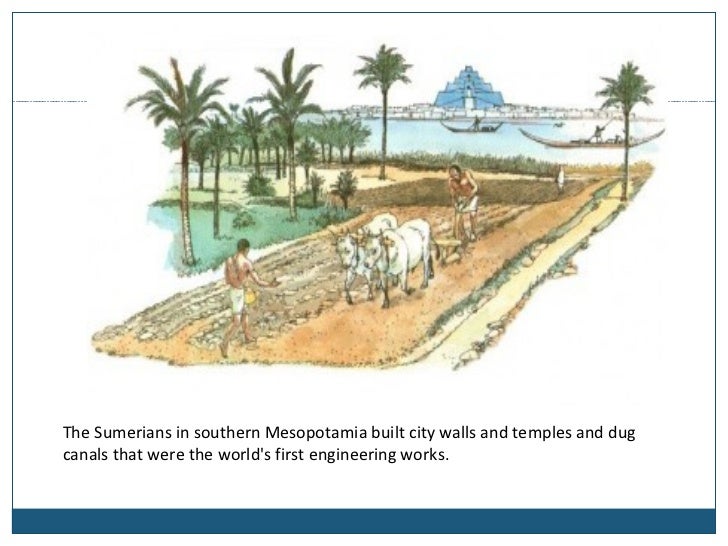




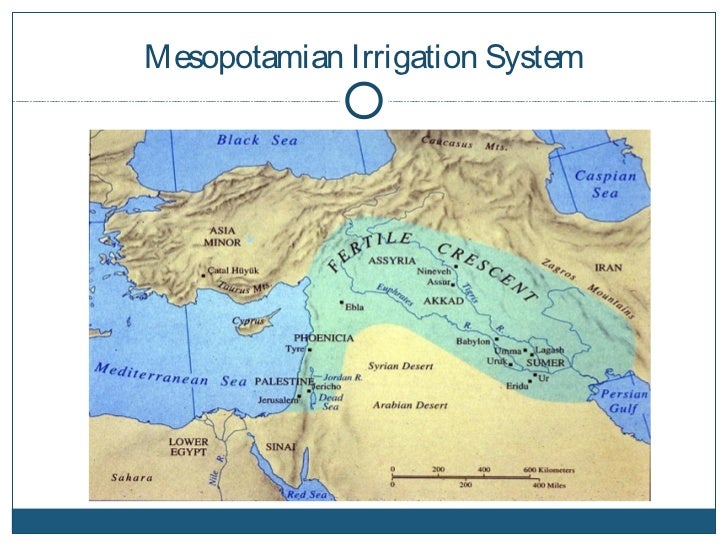







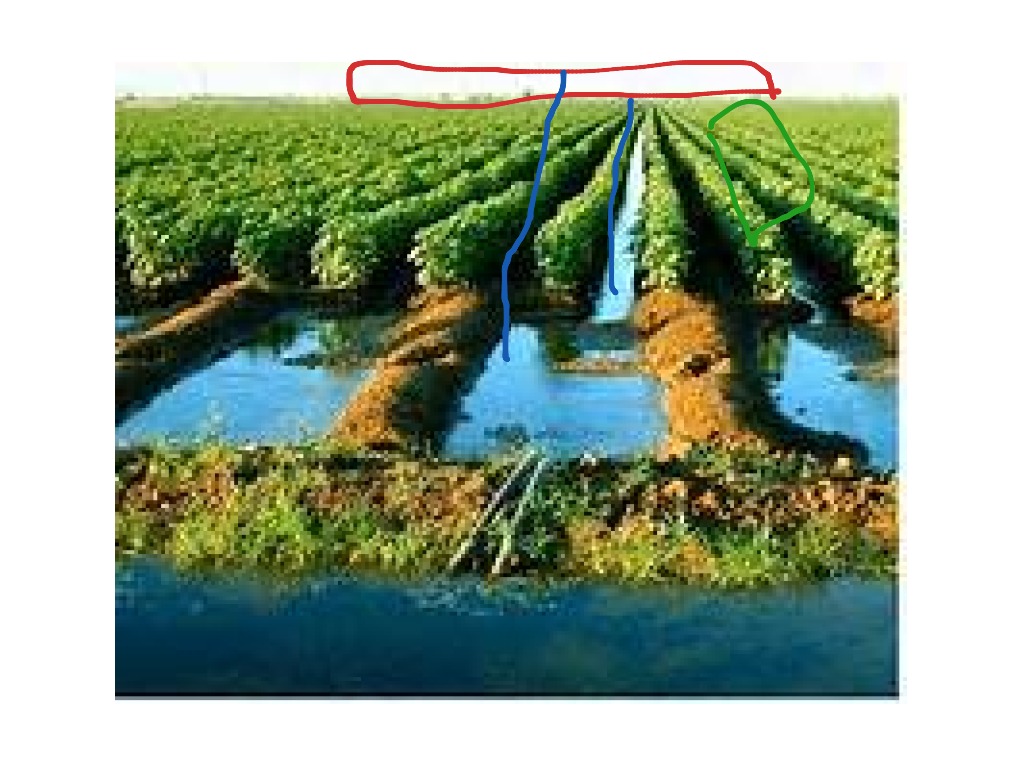





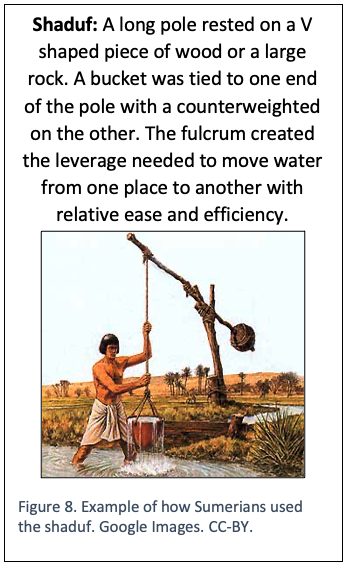
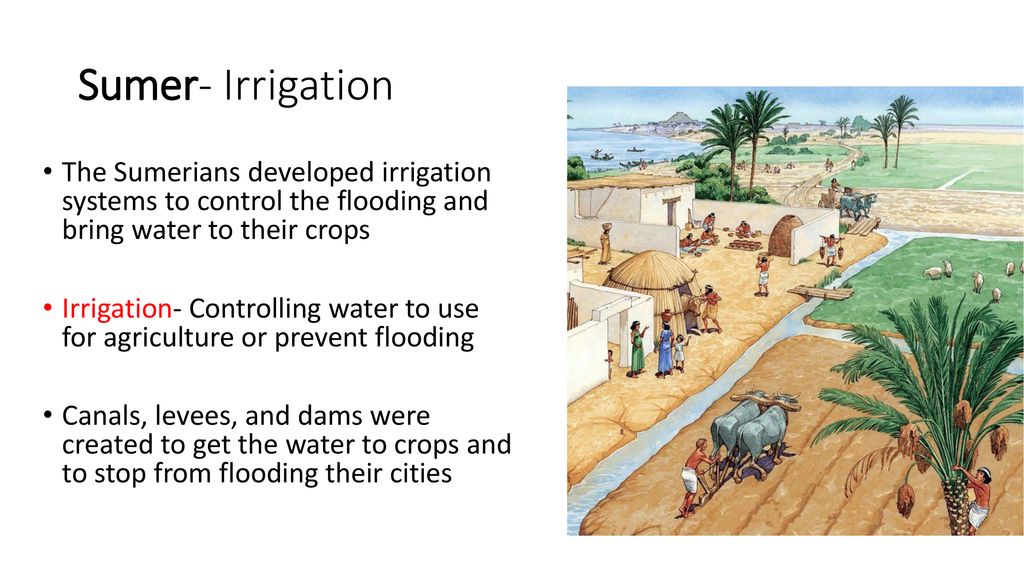


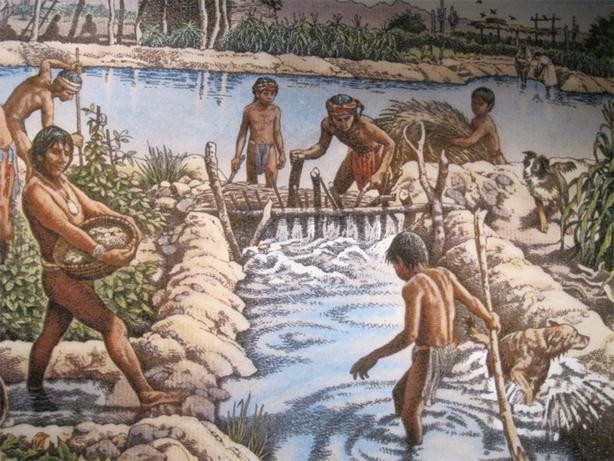
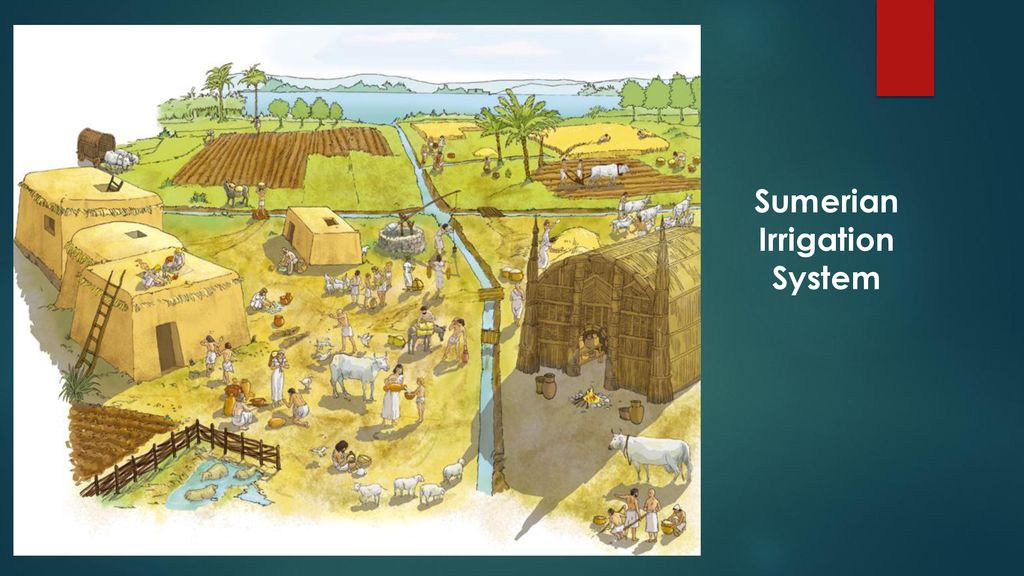
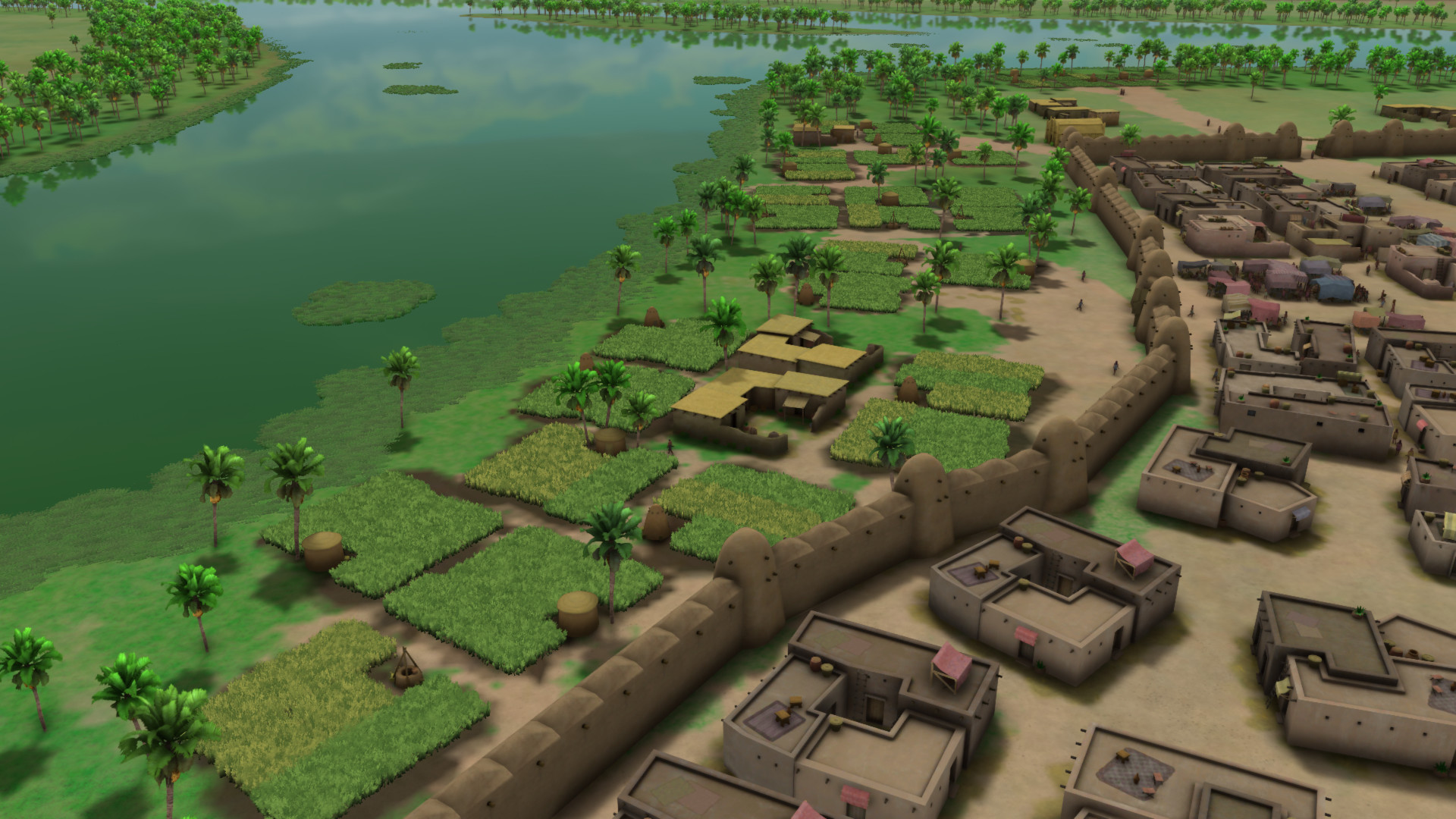
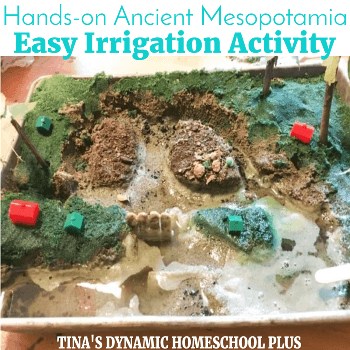
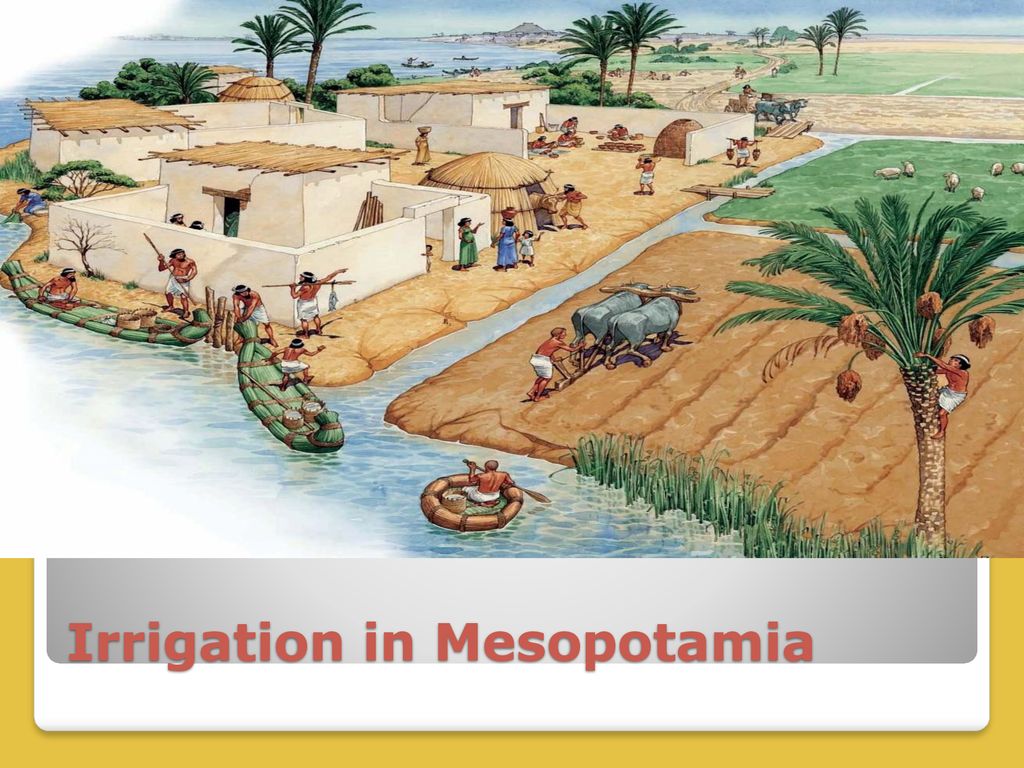
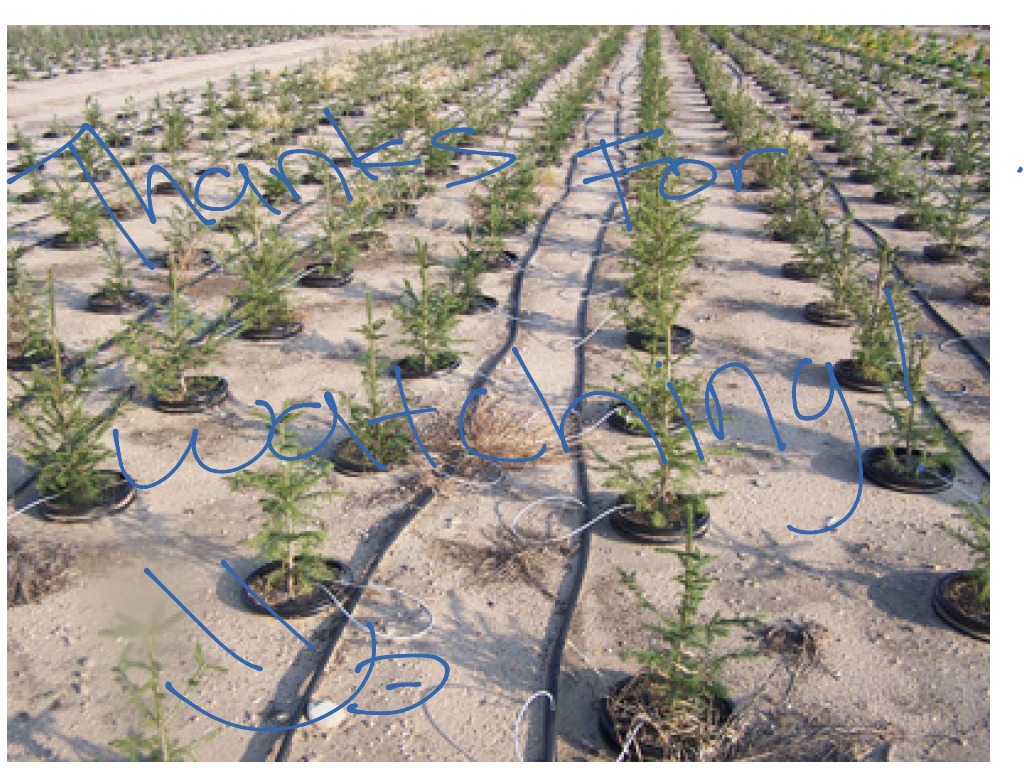

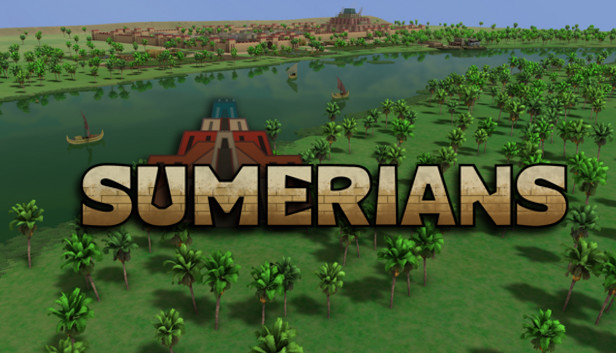

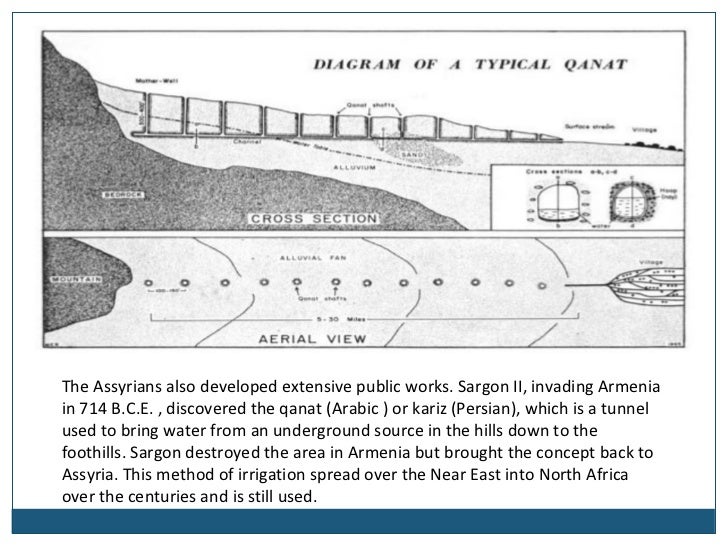
Posting Komentar untuk "Ancient Mesopotamian Irrigation System"